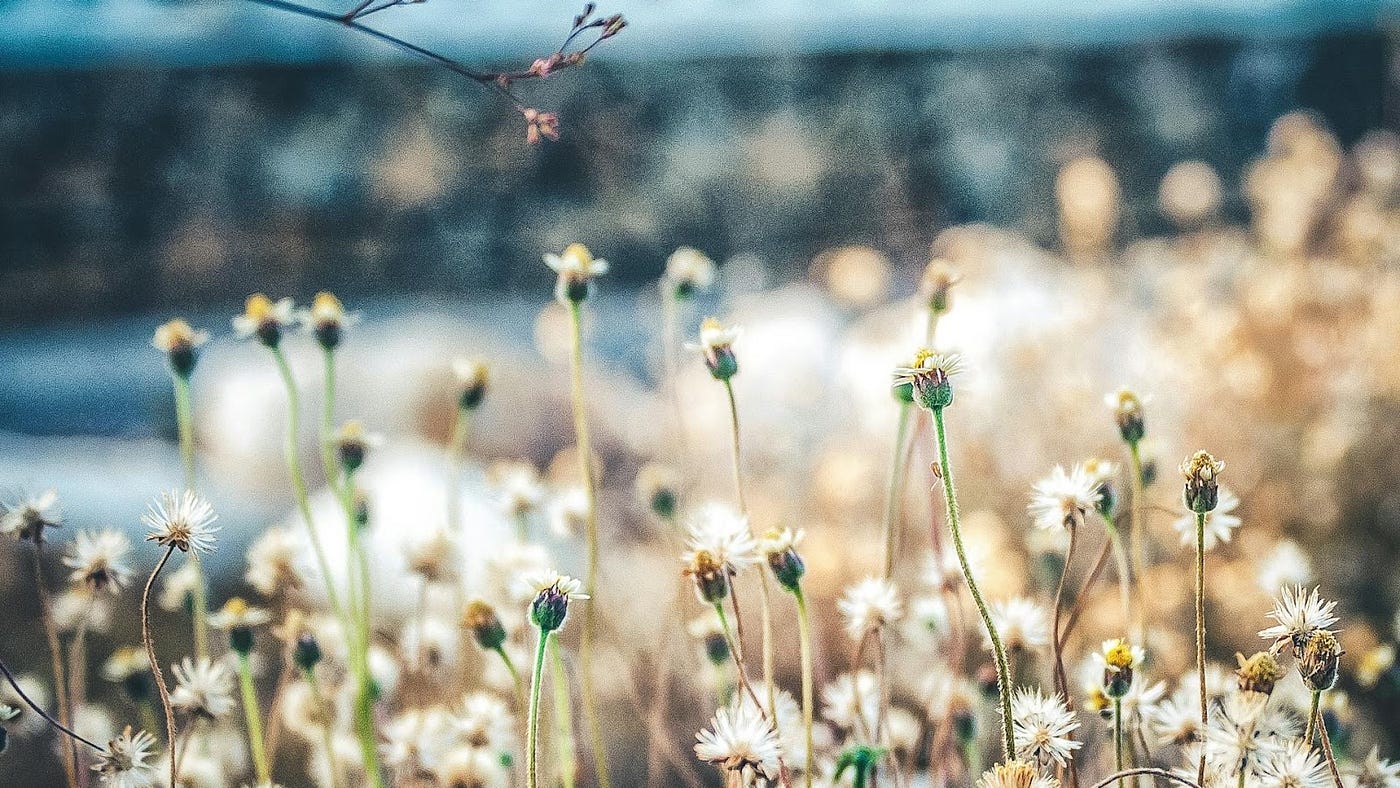Written by Manzoor Hussain
Edited by CHIQIO
Keywords: olfactory imagery, scent perception, memory association, creative expression, emotional connection
Meta description: Explore the art of olfactory imagery and learn techniques to create vivid scents in your mind. Enhance your creativity and emotional well-being through the power of smell.
The matter of having olfactory abstractions, or the ability of creating odors and perceiving them without actually experiencing them through the nose, helps amplifying our senses and our creativity. That is why its comprehension and realization can greatly expand our knowledge in the field of fragrance and help to achieve strong feelings. This paper also attempts to discuss how olfactory imagery can be encouraged along with the advantages and real-life uses of the concept.
Techniques to Develop Olfactory Imagery
Memory Association:
- Relate individual topics with certain smells that you associate with certain events in your life. For example, if you associate the smell of fresh cut grass with the summer time.
Descriptive Language:
- Contrite, depictive Ness and taken together and elaborate language should be used when mentally reconstructing scents. Supposing someone used the words like ‘citrusy’, ‘earthy’ or ‘floral’, then the reader shall be also be able to relate to some smell.
Mindful Smelling:
- Do a mindful smelling where you take a fragment of an odor and try to involve all your senses in it. It is necessary to pay attention to all shadings and peculiarities of each aroma in order to create a sort of hierarchy of the smells in mind.
Visualization Exercises:
- Describe further, the act of mentally picturing any situations that are associated with certain smells. Suppose one is walking in a forest — that feeling, smell, and sight of pine trees.
Table of Common Scents and Their Associations

Facts and Figures
- Fact 1: Our ability to distinguish scents only ends at a hundred and one billion.
- Fact 2: This proved that smell is associated with the brain’s limbic system that deals with emotions and memory.
- Fact 3: Smelling nice triggers, the similar regions of the mind as the actual action of smelling.
Pros and Cons
Pros:
- Enhances creativity and imagination.
- Raises moods by describing or thinking of positive feelings associated with individuals or things.
- may help in relaxation and reduction of stress.
Cons:
- Could be difficult for individuals with anosmia which is the loss of the sense of smell.
- It is an art and therefore takes time to be mastered appropriately.
- May be associated with negative feelings or things if it is such events or treated as something unpleasant.
Conclusion
Therefore, olfactory imagery is an efficient tool by which stimuli can be included to the sphere of the senses, and the state of emotionality can be raised. Consequently, people can enhance and develop using methods like memory association, appealing to descriptive words, or visualization as a method of bow creating and perceiving aromas in one’s mind. This skill is creative and at the same time it is quite unusual and it is a rather nice way for the mankind to stay connected with our ancestors and, of course, ourselves.
FAQs
Q: Is there a population that lacks the ability to create olfactory imagery?
A: Most people can, though it could somewhat become challenging for olfactory impaired persons, commonly referred to as anosmic.
Q: Regarding the enhancement of olfactory imagery skills, by how much does it improve, and how long does it take?
A: Well, that is still relative with each individual and depends with what is inside of them. Though, there may be minor changes grossly seen especially where the activity is practiced for several weeks at a time.
Q: Can olfactory imagery be used in therapy then?
A: Yes, it can be used for aromatherapy and also cognitive-behavioral therapy to discuss positive memories and being able to feel good about oneself.


 No products in the cart.
No products in the cart.